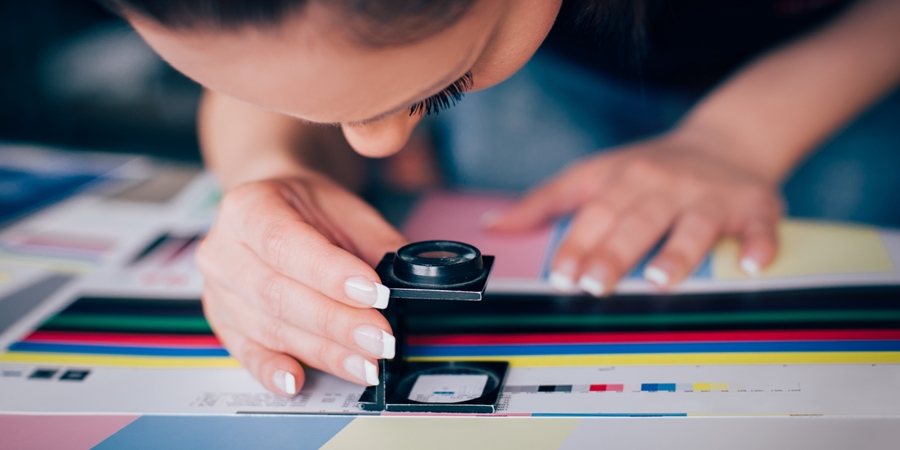With the advance in technology, printing process also gained momentum. Printing of religious books, newspapers, etc., using printing machines, helped to reach out to the masses. The printing machine/press uses different parts combined as a whole to function as one. Of the different parts, the printing plates are of crucial significance. Printing plates are available in different materials. Apart from the plastic, rubber or paper plates, the brass printing plates are considered to be sturdier and most effective in the process of printing.
Why should metal plates be preferred over others?
Brass printing plates or printing plates of any other metal are made of a thin sheet of metal. These metal plates produce a very good quality of prints on the surface and are very accurate in terms of transferring images to any surface, compared to the other plates.
How do printing plates work?
In the prepress process, an image is put on the printing plates using either the photochemical or photomechanical or laser engraving process. These printing plates are then attached to cylinders that are specifically designed to hold the plates. A mixture of both ink and water are added to the rollers in it and eventually, the areas of images on the plate get marked with only the ink. It is only after this process that the patterned ink is transferred to the surface that is to be printed. These surfaces can either be paper, or a vinyl surface or a surface of any other materials.
To get a printing done in black ink is the easiest. Just one plate with black ink does the job. However, hurdles arise when more than one colour needs to be used in the process. While printing, the number of plates to be used will depend on the number of colours to be used. Each plate can be used only for one colour. Usually, the colours cyan, magenta, yellow and black are used for printing on four different plates. The other colour code that is broadly used in the process is red, green and blue. If more colours are required for any print, more plates are added to these.
Cost of printing:
The cost of printing generally depends on the admin time, shipping cost, waste created, taxes, size of prints, number of copies, colours and plates used.
Creating these plates are a mammoth task that is done using CNC machine and fine graphics software and ultimately given shape using great artisan skills. Utilising the printing process by using brass printing plates has its benefits over the digital printing process. It will help you to print on a larger scale, both quantity and duration wise. It is also faster than the digital process of printing. Apart from these, the more quantity is printed, the lesser will it be on your pocket. Hence, it is advisable that only if you have a large business requirement, that is, you require more than 1000 pieces of work, this process will turn out to be very economical.

